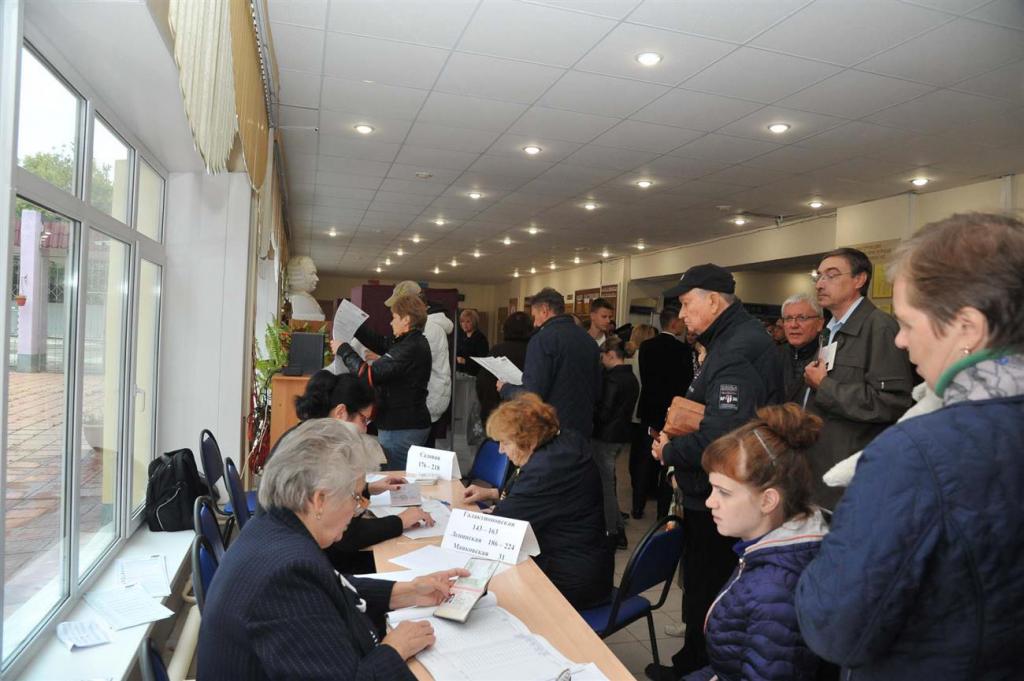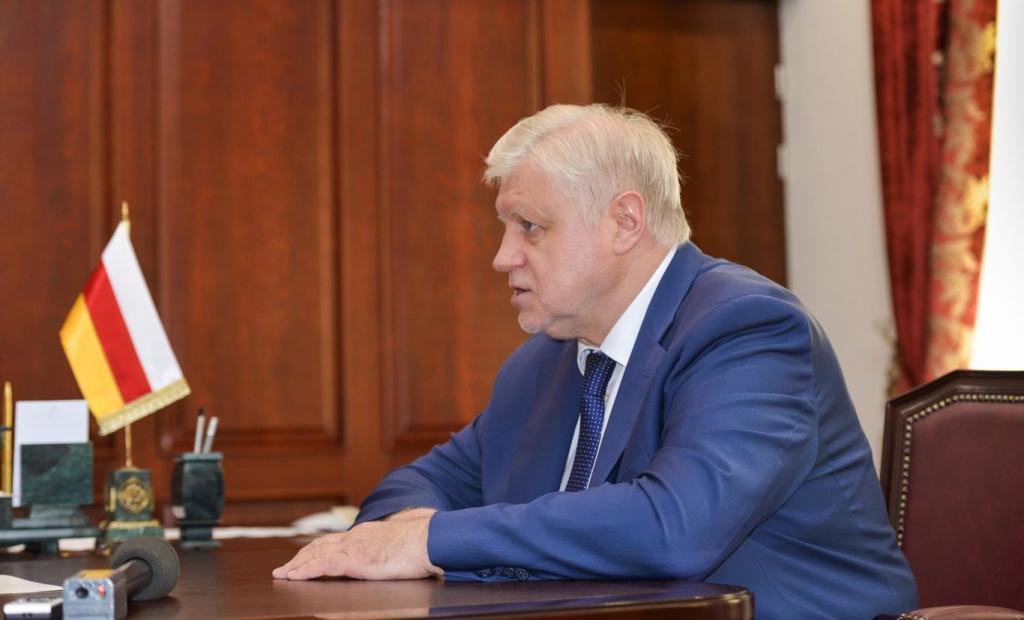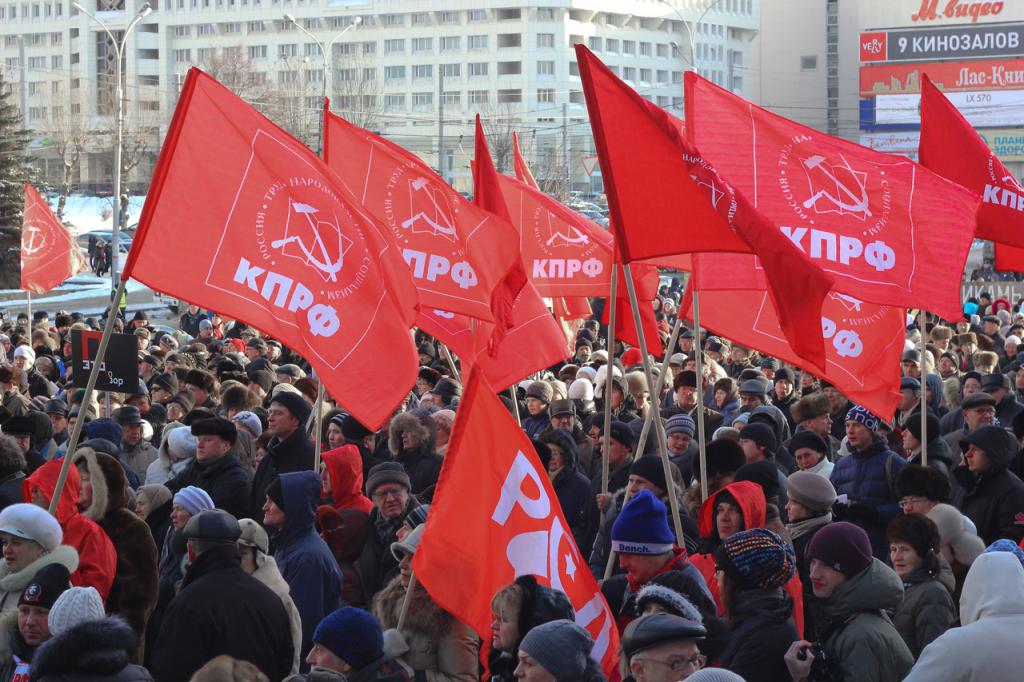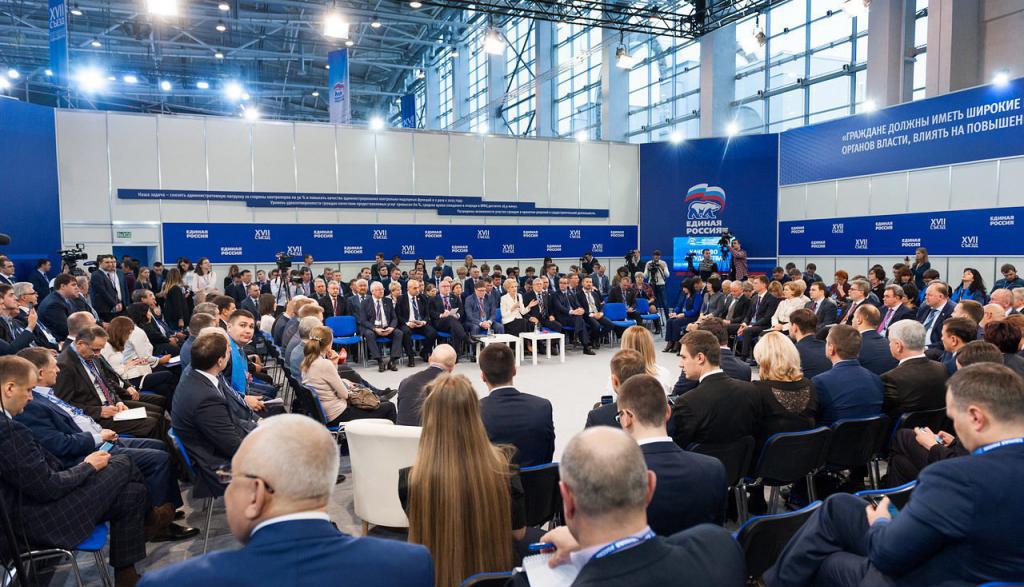In the current State Duma of the Russian Federation four parliamentary parties are represented. They became leaders in the Duma elections held in late 2016. These are "United Russia", the Communist Party, the Liberal Democratic Party and Just Russia. Elections to the federal parliament were held by a mixed electoral system.
2016 election

Parliamentary parties were identified in the 2016 elections, which took place on a single voting day on September 18.
In total, 20 parties expressed their desire to participate in them, but only 14 were registered by the Central Election Committee. The Green Alliance itself refused to nominate a federal list, while the Labor Union, the Native Party, the Will, the Social Reform Party, and the Great Fatherland Party were rejected by CEC members.
The rest were allowed to vote and took part in the election campaign.
Summary
The turnout in these elections was quite low. Only 47.88% of voters came to them. According to the results of the vote, the Civil Power party took the last place - it received only 0.14% of the vote, which means that in all of Russia only 73,791 people voted for it.
Four more political parties were unable to get even 1 percent of the vote, while getting into the State Duma required to overcome the 5 percent barrier. Civic Platform received 0.22%, Patriots of Russia - 0.59%, PARNAS - 0.73%, and Greens - 0.76%.
The ninth place was taken by the Growth Party, led by Commissioner for the Protection of the Rights of Entrepreneurs of Russia Boris Titov. She was able to get 1.29%. The Rodina party is even higher - 1.51%, the Party of Pensioners - 1.73%, one of the oldest parties in modern Russia, Yabloko, which took part in all parliamentary campaigns, became only the sixth. The party of Grigory Yavlinsky was supported by 1.99% of voters.
Certain success can be recognized as the fifth place in the elections of the "Communists of Russia", which were formed only in 2009. But they were not able to overcome the 5 percent barrier. Their result is 2.27%.
As a result, there are four parliamentary political parties in the State Duma. This is Fair Russia - 6.22%, LDPR - 13.14%, the Communist Party - 13.34% and United Russia - 54.2%. 28 527 828 Russians voted for the winner. Now you know which parliamentary parties are members of the State Duma.
"Fair Russia"

The Fair Russia party was led by its permanent leader Sergei Mironov. It was founded in 2006. Under this name, three Russian political movements, the Party of Life, the Party of Pensioners and Rodina, united at once, each of which existed separately before that.
"Fair Russia" adheres to the center-left views, constantly supports President Vladimir Putin.
In the State Duma elections in 2007, she took fourth place, 7.74% voted for her. The 2011 elections were the most successful in its history. The leader was Sergey Levichev. The party took third place, bypassing the Liberal Democratic Party. Got 13.24% and 64 seats in the State Duma. In the current convocation, she has only 16 seats on party lists.
LDPR

The Liberal Democratic Party is constantly on the list of parliamentary parties of modern Russia. It was created in 1989 as the Liberal Democratic Party of the Soviet Union. Its leader is Vladimir Zhirinovsky. He adheres to the ideas of nationalism and liberalism in the social sphere, and in the economic sphere he advocates the theory of a mixed economy.
The very first elections in modern Russia were the most successful for the LDPR. even then, their leader was Vladimir Zhirinovsky, and the party managed to defeat all of their opponents, receiving 22.9% of the vote. Then more than 12 million Russians voted for the Liberal Democratic Party.According to party lists, the party received 59 seats - more than anyone else. In no other election did she even manage to get close to this result.
In 1995, the Liberal Democratic Party took third place, henceforth, most often it remains on it. Then only 11.18% of Russians supported the liberal democrats. In 1999, the LDPR conducted the most disastrous campaign, taking only the fifth place at the end - 5.98%.
In the 2000s, liberal democrats began to regain their positions. In 2003, they entered the list of parliamentary parties again from third place (11.45%), in 2007 they took third place, receiving the support of 8.14% of voters, in 2011 - fourth place (11.67%), 2016 in parliament it is represented by 34 deputies on party lists.
Communist Party

The Communist Party, which considers itself the official successor to the Communist Party of the Soviet Union, becomes the regular parliamentary party. The party’s program is based on the construction of renewed socialism, a call for patriotic forces to come to power, and the nationalization of strategic sectors of the economy and natural resources. At the same time, he offers not to touch medium and small entrepreneurs, to strengthen the social orientation of the state.
In the first elections in modern Russia, she took third place, gaining 12.4%. In 1995, Zyuganov led the Communist Party to victory, 22.3% of Russians supported the Communists, who received 99 seats in parliament on party lists.
In 1999, an election victory again. This time they were supported by 24.29% of voters. After that, they could not even get closer to the first place of the Communist Party. In 2003, the Communists became second (12.61%), in 2007 again the second place and 11.57%, in 2011 again the same second place (19.19%).
In the current parliament, they have 35 seats on party lists.
"United Russia"

The leader of the United Russia parliamentary party is Prime Minister Dmitry Medvedev. The party itself appeared in 2001 after the merger of the electoral blocs Our Home - Russia and Fatherland - All Russia with the Unity movement.
Over the past few years, it has been considered the party in power, adhering to liberal conservative views. Already in its first elections in 2003, United Russia won, gaining 37.56% of the vote. This earned her 120 seats on party lists. In those elections, its leaders were Boris Gryzlov.
In 2007, President Vladimir Putin led the United Russia election. With him, she received 64.3% of the vote, a head ahead of competitors.
In 2011, victory again, this time with a result of 49.32%. In those elections, the leader of the party was Dmitry Medvedev, who was then president of Russia.
In 2016, Medvedev again led her to the polls, but already in the status of prime minister. Currently, United Russia has 343 out of 450 parliamentary seats. It has a constitutional majority. 140 deputies got their seats on party lists, another 203 won in single-member districts.
Today, this party of power, which can make any decision based solely on its own resources.
